Intro
0:00:18 – (Bob Woods): Welcome to the Making Sales Social podcast featuring the top voices in sales, marketing, and business. Join Brynne Tillman, me, and Bob Woods as we each bring you the best tips and strategies our guests teach their clients so you can leverage them for your own virtual and social selling. This episode of the Making Sales Social podcast is brought to you by Social Sales Link, the company that helps you start more trust-based conversations without being salesy through the power of LinkedIn and AI. Start your journey for free by joining our resource library. Welcome to the show.
00:00:56:24 – (Brynne Tillman): Hello. Hello, and welcome to Making Sales Social Live. This is our special Memorial Day program. So I’m Brynne Tillman, and I’m going to be walking you through today’s program because Bob and Stan are celebrating Memorial Day with their friends and family. Which I will do once this is done. So I’m thrilled to be here with everyone. We’re going to talk about seven places to help inspire your LinkedIn content. But as you’re looking at this, you are going to see a prompt here from our book Prompt Writing Made Easy.
00:01:36:21 – (Brynne Tillman): You can take a screenshot of this prompt or a photo of this prompt, and add it into whatever your LLM is. Ask SSL. You can use ChatGPT and just say text from this image. Please probably don’t have to say please. We just say please just in case I take over some day. They know we’re polite.
00:02:00:29 – (Brynne Tillman): Who knows. So you can now use this prompt. So what is this prompt? This prompt is designed to spark ideas for you. So I’m going to give you ideas, but it’s going to interview you to identify ideas that are living inside of your daily activities.
00:02:24:24 – (Brynne Tillman): So we’re very excited for you to try that out and let us know. For those of you that are listening today, we will make sure this prompt is in the show notes. But essentially it’s I want to generate impactful LinkedIn content, act as a content strategist to get, I want to concentrate on ideas from my daily activity, highlighting client conversations and interactions with colleagues, professional events or moments throughout the day.
00:02:59:16 – (Brynne Tillman): The scope really. We want to explore various aspects of my daily professional life, including client meetings, challenges faced by client interactions, lessons learned from conversations, and then the prohibitions are to avoid generic advice or cliched topics, or overly personal anecdotes that lack the professional relevance that will bring value to the audience. And then the famous prompt writing was made easy.
00:03:32:25 – (Brynne Tillman): That’s our book. You write in the crispy way and ask me all the questions you need to complete this task one at a time. So I ran this for today’s program, which, you know, I’m really excited to share with you guys today what I came up with from today’s program. So the first thing, and it was based a lot on a lot of my content that I’ve done before, and of course,
00:04:04:03 – (Brynne Tillman): you know, and ask us. And so we’ve got avatars. So it’s going to pull from, you know, all the things I’ve done before. So the first one is to capture your genius. This, I think, is the best thing that you can do, whether it’s in conversation with your clients and prospects and you say something brilliant.
00:04:26:11 – (Brynne Tillman): This is such a great way to create content, right? To inspire your content ideas, hands down your genius. This is you right now. You can use this alongside AI to help articulate your genius in a way that provides great content. But capturing your genius, I think, is such a powerful way to start. The second one is to capture objections from your prospects and clients. When you hear an objection.
00:05:01:23 – (Brynne Tillman): This is a fantastic opportunity, to create content from this right when we are creating that content from the objections we hear, number one, we’re overcoming objections before we get them in the future. Number two, this helps us to articulate and really respond to objections in the future. And it actually will help in starting those sales conversations overall.
00:05:29:17 – (Brynne Tillman): So I love that the next one that I love is to engage on influencer content. So identify all the people in your industry that are having conversations that you can be a part of and will inspire content, which I think is great. So you know, who are the people that I follow? Well, almost every single Saturday morning at 8 a.m. eastern, I am on Meredith Elliot Powell and Mark Hunter’s program.
00:06:01:00 – (Brynne Tillman): That is live on LinkedIn and Facebook and maybe a few other places. I’m on it on LinkedIn, and they always have a topic of the week when I engage that inspires me to go out and create content around that content. You can also go out. I know I’m reading Jeb Blunt stuff every single week I’m out there.
00:06:26:06 – (Brynne Tillman): Colleen Stanley has great content. If I’m in the mood for a little bit of the sales process, I’m looking at Liz Hyman and their content will inspire my thoughts. So I’m not. I will mention them if I’m quoting them, but when I’m looking at other people in my industry that are non competitors, but are engaging with people in my industry around content that matters to them,
00:06:54:16 – (Brynne Tillman): I may be able to think about that topic in a different way and reframe it around LinkedIn or AI prompt writing. It’s really an effective way to go. Another one is to create a poll. So if you are really stuck, right, like you are out there, going, I really don’t know what to write about, start a poll and ask people, what’s your biggest priority? What is the biggest challenge? Twitter’s and that is going to give you content from the poll, but it will also inspire content based on their responses.
00:07:33:04 – (Brynne Tillman): And I will always have the last one to be another sharing comments, because that’s where I can get a lot of the insights that are inspired by my network. It’s a really fabulous way to get content first from the content from the poll, and then I’ll get content from the insights from the poll.
00:07:55:20 – (Brynne Tillman): Bonus on that if you’ve got. Well, first of all, the first bonus is to use this to engage with prospects. So send them the poll asking them to vote. That’s really great. But the second piece to that is asking those folks that vote to quote in that content that you’re writing, you answer this. I love to hear your insights, and we can now use this prospect by poll, prospect by interview, and we’re getting content all at the same time.
00:08:29:23 – (Brynne Tillman): So I really, really love that, client success stories. That’s another one, right? Are we capturing our client success stories? And I really like to start with client success stories or this is the challenge the client was facing. This is what inspired them to have a conversation with me. This is the consequences of non-action. Here’s the solution that we came up with.
00:08:59:29 – (Brynne Tillman): This is how we implemented it. And this was the result and the impact that it had on the business. Those client success stories are great for content, especially for things not at the very, very top of the funnel. But after the first conversation to help solidify credibility and get them to see themselves in the shoes of your clients. It’s a great second tier of the funnel content.
00:09:30:06 – (Brynne Tillman): Really powerful. The big thing, you want to make sure that they do that, that content does. So let them see the journey, how easy it was to work with you. What how how simple and easy to execute. It is like, I don’t want this to be overcomplicated because it’s overcomplicated. Then working with you is going to feel hard, right?
00:09:55:29 – (Brynne Tillman): And so we definitely don’t want that to happen for sure. Right? Really important. Okay. So let me review what we’ve done. We started with Capture Your Genius. Objections? Engage on influencer content creators pull client success stories. So that’s five. I need two more. Let’s go with curated content and industry trends. So curated content is a wonderful way to go out and find content.
00:10:28:28 – (Brynne Tillman): You can share content, but you’re going to share your perspective on that curated content. There are so many places for you to go. We can go back to those influencers, by the way, and what podcasts are they? What blog posts are they sharing? And we can simply reshare it with our concepts and our ideas and that becomes wonderful content.
00:10:55:04 – (Brynne Tillman): And YouTube videos, whatever it is that they have, that is a topic that’s attracting your ideal prospects. We’ll also get you on the radar of those influencers and really have a significant input. So the last one, that I’m going to put out there is I just kind of want you to record
00:11:20:25 – (Brynne Tillman): an event, get on your phone whether you left a networking event or you just got off a client call or, you just had an experience, get on your phone, just do a native video talking about that event. Some people might call it a day in the life, but you could say a moment in the life, that professional life, like if you had a moment, now that in some ways you may be overlapping with the capture your genius, but grabbing those kind of 62nd messages, those lessons learned, whatever that is, get that on your mobile.
00:12:02:23 – (Brynne Tillman): You can upload that natively without any kind of editing. I use Big View, which is a wonderful program. It’s if you went to social sales linked com slash big view. Some people use tap cuts. Some people use descriptions. There’s a lot out there that are really great where you can edit right on your phone and you can even bring in some captions.
00:12:30:09 – (Brynne Tillman): But LinkedIn also has some native captions. So when you upload it, you can go in and edit it. If you don’t want to use any editing software, you can just do it natively from your phone. So those are seven places to help inspire content. I really hope you got some value from this today. Whatever you’re doing, if you’re alive and you’re out, I hope you have a wonderful Memorial Day.
00:12:56:27 – (Brynne Tillman): If you are listening to this or watching this in replay, you know, we hope that, you know, everything is going fabulously well in your world, in your business.Take a picture again of this prompt. You could a screenshot from your phone or, if you have like a snippet or, you know, screenshot from your desktop, upload this to your Lem and just ask for the text and you will have the prompt if you are,
00:13:31:00 – (Brynne Tillman): listening, this prompt will be in show notes.So thank you very much for joining me on this amazing day, and giving me the opportunity to help inspire your LinkedIn content. And when you’re out and about, don’t forget to make yourself social.
Outro:
Thanks for watching, and join us again for more special guest instructors, bringing you marketing, sales training, and social selling strategies that will set you apart. Hit the subscribe button below to get the latest episodes from the Making Sales Social podcast, give this video a thumbs up, and comment down below on what you want to hear from us next. You can also listen to us on Apple Podcasts, Spotify, Youtube Music, and Amazon Music. Visit our website, socialsaleslink.com for more information.

 Listen Notes
Listen Notes Youtube Music
Youtube Music Castplus
Castplus Amazon Music
Amazon Music